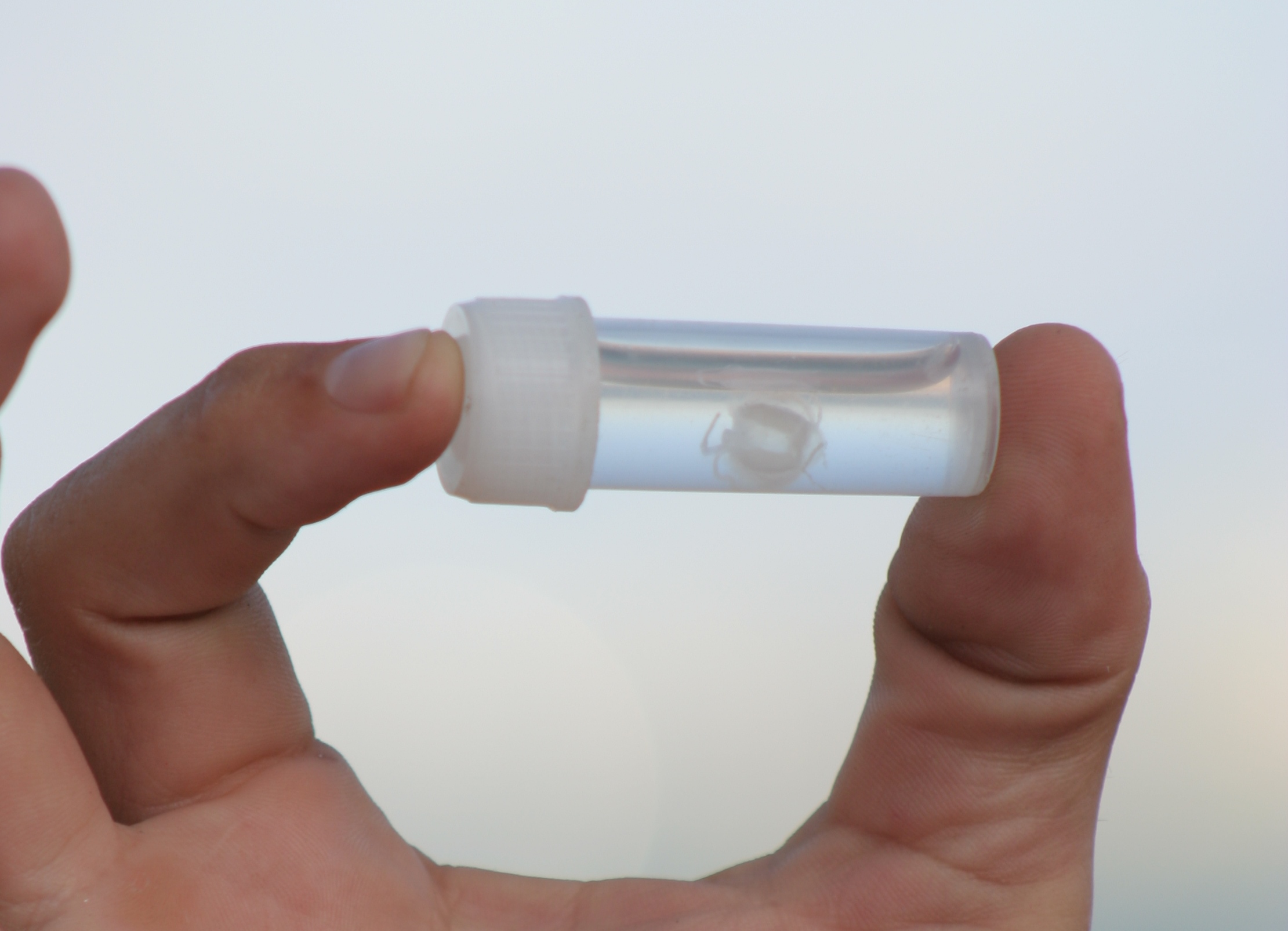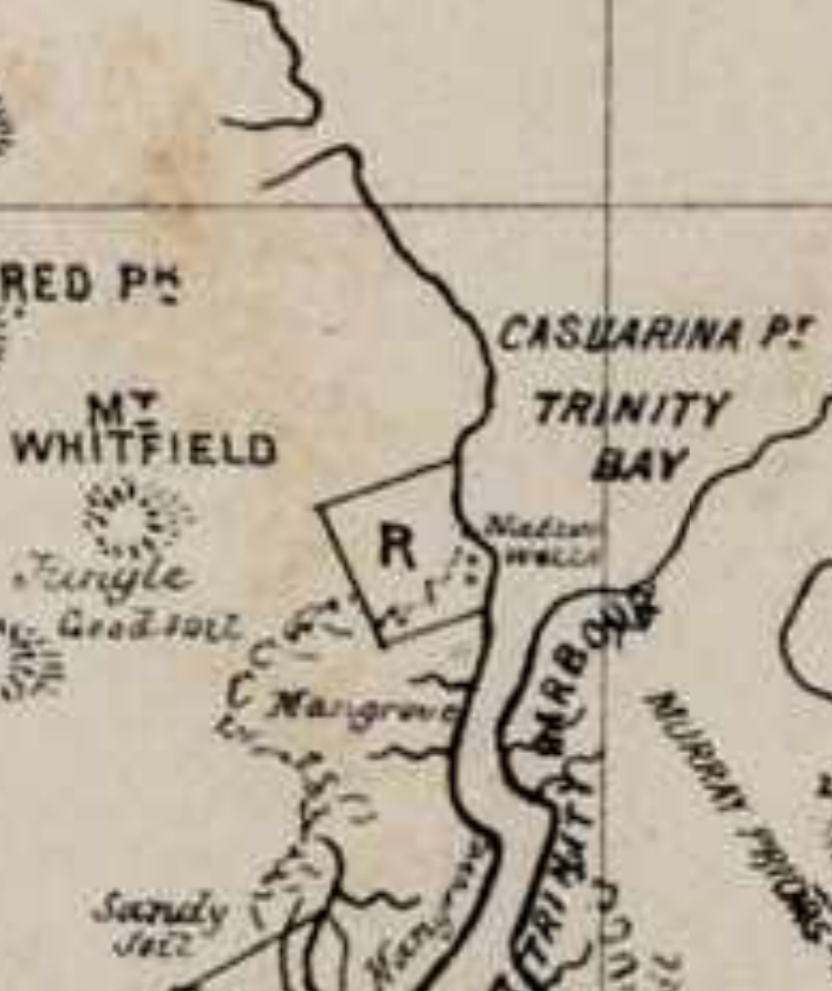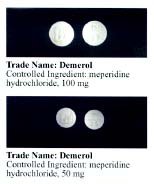|
Carukia Barnesi
''Carukia barnesi'' is an extremely venomous jellyfish found near Australia. Stings can result in Irukandji syndrome, and this species is commonly known as Irukandji jellyfish, although this name does not distinguish it from other Irukandji jellyfish such as ''Malo kingi''. A mature ''C. barnesi's'' bell is only in height. It has four contractile tentacles, one extending from each bottom "corner" of its bell, ranging in length from . The species was discovered by Jack Barnes of Cairns, Australia. While on an exploration mission aimed at determining the reason for Irukandji syndrome, Barnes allowed himself, a lifeguard, and his 9-year-old son to be stung by the jellyfish. ''Carukia barnesi'' is a soft-bodied marine organism. This species falls within the Medusozoa subphylum and the Cubozoa class. It is a type of "box jellyfish" that is known for producing potent venom and is known for inflicting the Irukandji syndrome. Threat to Humans: The Irukandji syndrome was first discove ... [...More Info...] [...Related Items...] OR: [Wikipedia] [Google] [Baidu] |
Venom
Venom or zootoxin is a type of toxin produced by an animal that is actively delivered through a wound by means of a bite, sting, or similar action. The toxin is delivered through a specially evolved ''venom apparatus'', such as fangs or a stinger, in a process called envenomation. Venom is often distinguished from poison, which is a toxin that is passively delivered by being ingested, inhaled, or absorbed through the skin, and toxungen, which is actively transferred to the external surface of another animal via a physical delivery mechanism. Venom has evolved in terrestrial and marine environments and in a wide variety of animals: both predators and prey, and both vertebrates and invertebrates. Venoms kill through the action of at least four major classes of toxin, namely necrotoxins and cytotoxins, which kill cells; neurotoxins, which affect nervous systems; myotoxins, which damage muscles; and haemotoxins, which disrupt blood clotting. Venomous animals cause tens ... [...More Info...] [...Related Items...] OR: [Wikipedia] [Google] [Baidu] |
Jellyfish
Jellyfish and sea jellies are the informal common names given to the medusa-phase of certain gelatinous members of the subphylum Medusozoa, a major part of the phylum Cnidaria. Jellyfish are mainly free-swimming marine animals with umbrella-shaped bells and trailing tentacles, although a few are anchored to the seabed by stalks rather than being mobile. The bell can pulsate to provide propulsion for highly efficient animal locomotion, locomotion. The tentacles are armed with Cnidocyte, stinging cells and may be used to capture prey and defend against predators. Jellyfish have a complex Biological life cycle, life cycle; the medusa is normally the sexual phase, which produces planula larvae that disperse widely and enter a sedentary polyp (zoology), polyp phase before reaching sexual maturity. Jellyfish are found all over the world, from surface waters to the deep sea. Scyphozoans (the "true jellyfish") are exclusively marine habitats, marine, but some hydrozoans with a simila ... [...More Info...] [...Related Items...] OR: [Wikipedia] [Google] [Baidu] |
Australia
Australia, officially the Commonwealth of Australia, is a sovereign ''Sovereign'' is a title which can be applied to the highest leader in various categories. The word is borrowed from Old French , which is ultimately derived from the Latin , meaning 'above'. The roles of a sovereign vary from monarch, ruler or ... country comprising the mainland of the Australian continent, the island of Tasmania, and numerous smaller islands. With an area of , Australia is the largest country by area in Oceania and the world's sixth-largest country. Australia is the oldest, flattest, and driest inhabited continent, with the least fertile soils. It is a megadiverse country, and its size gives it a wide variety of landscapes and climates, with deserts in the centre, tropical Forests of Australia, rainforests in the north-east, and List of mountains in Australia, mountain ranges in the south-east. The ancestors of Aboriginal Australians began arriving from south east Asia approx ... [...More Info...] [...Related Items...] OR: [Wikipedia] [Google] [Baidu] |
Irukandji Syndrome
Irukandji syndrome is a condition that results from envenomation by certain box jellyfish. In rare instances the sting may result in cardiac arrest and death. The most common jellyfish involved is the '' Carukia barnesi'', a species of Irukandji jellyfish. Those stung may experience severe or even excruciating pain. The syndrome was given its name in 1952 by Hugo Flecker, after the Aboriginal Irukandji people who live in Palm Cove, north of Cairns, Queensland, Australia, where stings are common. Signs and symptoms Most stings occur during the summer wet season in October–May in North Queensland, with different seasonal patterns elsewhere. Because the jellyfish are very small, the venom is only injected through the tips of the nematocysts (the cnidocysts) rather than the entire lengths; as a result the sting may barely be noticed at first. It has been described as feeling like little more than a mosquito bite. The symptoms, however, gradually become apparent and then mo ... [...More Info...] [...Related Items...] OR: [Wikipedia] [Google] [Baidu] |
Irukandji Jellyfish
The Irukandji jellyfish ( ) are any of several similar, extremely venomous species of rare jellyfish. With a very small adult size of about a cubic centimetre (1 cm3), they are both the smallest and one of the most venomous jellyfish in the world. They inhabit the northern marine waters of Australia. This type of jellyfish reproduces sexually with eggs and sperm. They fire their stingers into their victim, causing a condition known in humans as Irukandji syndrome, which can be fatal. There are about 16 known species of Irukandji, of which '' Carukia barnesi'', '' Malo kingi'', ''Malo maxima'', ''Malo filipina'' and ''Malo bella'' are the best known.Crew, Becky"The Smallest and Deadliest Kingslayer in the World" October 7, 2013, ''Scientific American'' blog, retrieved Nov. 6, 2016 Irukandji syndrome was named in 1952 by Hugo Flecker, who first described the symptoms of envenoming by this jellyfish. The syndrome was named after the Irukandji people, whose region stretches ... [...More Info...] [...Related Items...] OR: [Wikipedia] [Google] [Baidu] |
Malo Kingi
''Malo kingi'' or the common kingslayer is a species of Irukandji jellyfish. It was first described to science in 2007, and is one of four species in the genus '' Malo''.Gershwin, L. (2007)''Malo kingi'': A new species of Irukandji jellyfish (Cnidaria: Cubozoa: Carybdeida), possibly lethal to humans, from Queensland, Australia.''Zootaxa'' 1659 55-68. It has one of the world's most potent venoms, even though it is no bigger than a human thumbnail Thumbnails are reduced-size versions of pictures or videos, used to help in recognizing and organizing them, serving the same role for images as a normal text index does for words. In the age of digital images, visual search engines and image- ....''Malo kingi''. Science Channel. As an Irukandji, it can cause Irukandji syndrome, characterized by severe pain, ... [...More Info...] [...Related Items...] OR: [Wikipedia] [Google] [Baidu] |
Jack Barnes (toxinologist)
John Handyside (Jack) Barnes MBE (1922–1985) was a physician and toxinologist in Queensland, Australia. Born in Charleville he is known for his research on the box jellyfish. Amongst other things, he established that their toxin would not discharge on a synthetic surface and so wore pantyhose Pantyhose, called sheer tights, or tights, are close-fitting legwear covering the wearer's body from the waist to the toes. Mostly considered to be a garment for women and girls, pantyhose first appeared on store shelves in 1959 for the adver ... when collecting specimens, a practice now adopted by lifesavers at risk of jellyfish stings. References {{DEFAULTSORT:Barnes, Jack Australian Members of the Order of the British Empire Australian scientists 1922 births 1985 deaths People from Queensland People educated at Brisbane Grammar School University of Queensland alumni ... [...More Info...] [...Related Items...] OR: [Wikipedia] [Google] [Baidu] |
Cairns
Cairns (, ) is a city in Queensland, Australia, on the tropical north east coast of Far North Queensland. The population in June 2019 was 153,952, having grown on average 1.02% annually over the preceding five years. The city is the 5th-most-populous in Queensland, and 15th in Australia. The city was founded in 1876 and named after Sir William Wellington Cairns, following the discovery of gold in the Hodgkinson river. Throughout the late 19th century, Cairns prospered from the settlement of Chinese immigrants who helped develop the region's agriculture. Cairns also served as a port for blackbirding ships, bringing slaves and indentured labourers to the sugar plantations of Innisfail. During World War II, the city became a staging ground for the Allied Forces in the Battle of the Coral Sea. By the late 20th century the city had become a centre of international tourism, and in the early 21st century has developed into a major metropolitan city. Cairns is a popular touris ... [...More Info...] [...Related Items...] OR: [Wikipedia] [Google] [Baidu] |
Emergency Medicine News
An emergency is an urgent, unexpected, and usually dangerous situation that poses an immediate risk to health, life, property, or environment and requires immediate action. Most emergencies require urgent intervention to prevent a worsening of the situation, although in some situations, mitigation may not be possible and agencies may only be able to offer palliative care for the aftermath. While some emergencies are self-evident (such as a natural disaster that threatens many lives), many smaller incidents require that an observer (or affected party) decide whether it qualifies as an emergency. The precise definition of an emergency, the agencies involved and the procedures used, vary by jurisdiction, and this is usually set by the government, whose agencies (emergency services) are responsible for emergency planning and management. Defining an emergency An incident, to be an emergency, conforms to one or more of the following, if it: * Poses an immediate threat to life, he ... [...More Info...] [...Related Items...] OR: [Wikipedia] [Google] [Baidu] |
Pethidine
Pethidine, also known as meperidine and sold under the brand name Demerol among others, is a synthetic opioid pain medication of the phenylpiperidine class. Synthesized in 1938 as a potential anticholinergic agent by the German chemist Otto Eisleb, its analgesic properties were first recognized by Otto Schaumann while working for IG Farben, Germany. Pethidine is the prototype of a large family of analgesics including the pethidine 4-phenylpiperidines ( piminodine, anileridine and others), the prodines ( alphaprodine, MPPP, ''etc.''), bemidones ( ketobemidone, etc.) and others more distant, including diphenoxylate and analogues. Pethidine is indicated for the treatment of moderate to severe pain, and is delivered as a hydrochloride salt in tablets, as a syrup, or by intramuscular, subcutaneous, or intravenous injection. For much of the 20th century, pethidine was the opioid of choice for many physicians; in 1975, 60% of doctors prescribed it for acute pain and 22% for chron ... [...More Info...] [...Related Items...] OR: [Wikipedia] [Google] [Baidu] |
Medusa (biology)
Jellyfish and sea jellies are the informal common names given to the medusa-phase of certain gelatinous members of the subphylum Medusozoa, a major part of the phylum Cnidaria. Jellyfish are mainly free-swimming marine animals with umbrella-shaped bells and trailing tentacles, although a few are anchored to the seabed by stalks rather than being mobile. The bell can pulsate to provide propulsion for highly efficient locomotion. The tentacles are armed with stinging cells and may be used to capture prey and defend against predators. Jellyfish have a complex life cycle; the medusa is normally the sexual phase, which produces planula larvae that disperse widely and enter a sedentary polyp phase before reaching sexual maturity. Jellyfish are found all over the world, from surface waters to the deep sea. Scyphozoans (the "true jellyfish") are exclusively marine, but some hydrozoans with a similar appearance live in freshwater. Large, often colorful, jellyfish are common in c ... [...More Info...] [...Related Items...] OR: [Wikipedia] [Google] [Baidu] |
Carukiidae
Carukiidae is a family of box jellyfish within the Cubozoa class. Carukiidae can be easily classified by their lack of cirri clumps inside the cubozoan stomach, as well as the size and the placement of their nematocysts. Carukiidae use nematocysts as a defense mechanism; they releases a venom from the tips of their nematocysts, producing the Irukandji syndrome. Even though positions of spines on the shaft of the Carukiidae cause illness, there are areas on the body that do not. The rhopalial niche openings, which discern light, do not incur any illness. The Carukiidae also have non-venomous rhopaliar horns, which are imperceptive in function and located above the rhopalial niches. Irukandji syndrome triggered by Carukiidae requires immediate medical attention. In the event that it goes untreated in humans, cardiac arrest is a potentially deadly consequence. Classification * '' Carukia'' ** '' Carukia barnesi'' (Southcott, 1967) ** '' Carukia shinju'' (Gershwin, 2005) * ''Gero ... [...More Info...] [...Related Items...] OR: [Wikipedia] [Google] [Baidu] |






